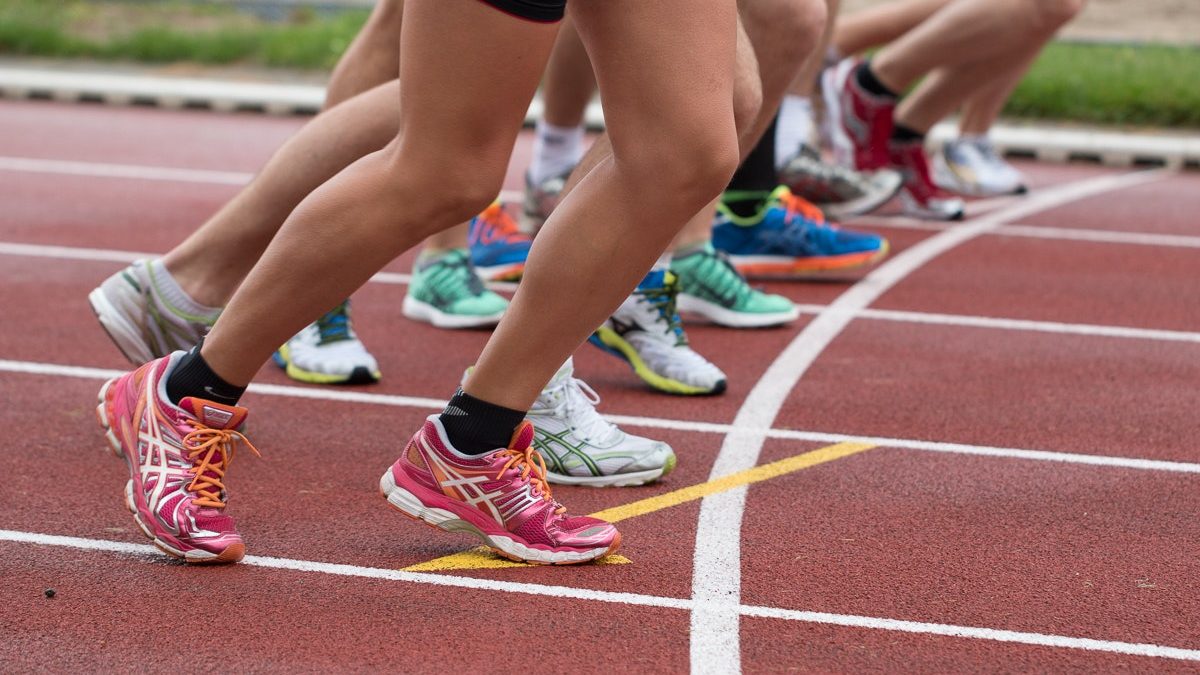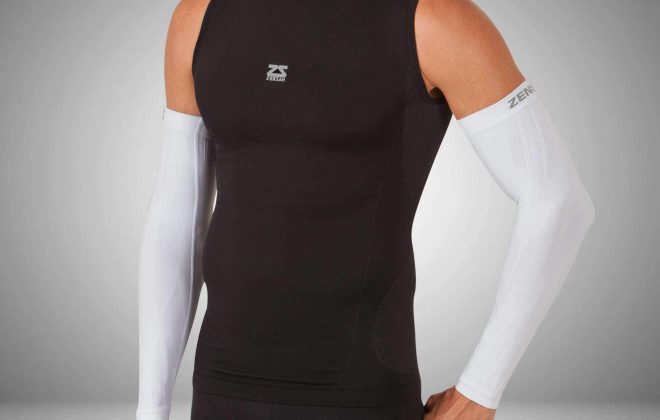What Does MR Mean in Track and Field?

What does a Meet Record (MR) mean?
Being around a Track and Field meet, you hear a lot of different acronyms and abbreviations that at first seem to make no sense. However, we are going to break down one of the most common track and field acronyms used in the sport, MR.
The abbreviation MR means Meet Record. (MR = Meet Record)
A Meet Record is achieved by running the fastest time ever run in the specific event at the meet. In order to better understand this concept we will take a look at an example.
What is an Example of a Meet Record (MR)?
Say that professional runner, Emma Coburn, is running the women’s 3000 meter steeplechase at the Prefontaine Classic. The current Meet Record (MR) or fastest time run in this event is 9:05.0, and she runs a time of 9:02.0. She will now be the Meet Record holder of the women’s 3000 meter steeplechase at the Prefontaine Classic with a time of 9:02.0. Meet records are typically for Track and Field events rather than road races. However, the term meet record could be used for a Cross Country meet such at Mt. Sac or Nike Cross Nationals.
Another example of a meet record is shown in #tbt instagram post above, Mo Farah ran a Meet Record 12:56.98 in the men’s 5000m race at the Prefontaine Classic in Eugene, Oregon . This means Farah was the fastest to ever run the 5000 meter race at this historic race.
Are there Men and Female Meet Records?

Yes, there are different Meet Record for both Men and Women. There is usually not an overall meet record as they are split into two categories based on gender. Additionally, meet records are divided into all the different races like the 100 meter, 200 meter, 1600 meter, etc. Therefore achieving a meet record is very difficult to accomplish because you are quite literally competing against every single runner who has ever run that event at the given meet.
Why Try for a Meet Record?

Meet records are among one of the top achievements a runner could aim for. Because there is only one record per event for each meet, the competition is more than any race. You are racing against the best of the best who have ever ran the race. Therefore, if you are able to achieve this amazing accomplishment you enjoy the sense that you have worked your very best and race the fastest time ever on that track or course. If you are fortunate enough to achieve a meet record, you should be ready to defend it during the next meet because runners will be constantly working run faster than your meet record.
Why are Meet Records Important?
Meet records represent a record of the best of the best. It is a unique type of accomplishment because it last throughout time. Additionally, meet records are important because they continue to push the next generation of runner to be better than the previous generation. Meet records are meant to be broken and they allow runners to set their aspirations on something more challenging than just the runners in their race.
How to Run a Meet Record?

After you have gained more experience during your running career, you will learn about some of the fastest runners in your local area. Make sure to study these runners and some of their best times at different races. Once you know the meet record times that you are aiming for, make that during every workout you constantly remember this time and what you are working for. This is a long term process and can even take years as you develop as a runner. Another tip is to do these races so that you gain familiarity with them and you can return year after year to beat your previous year’s time. With each personal record that you run, keep a record of them so you can analyze you improved with each additional race. As you keep doing this, you will get closer and closer to your goal of achieving a meet record.




